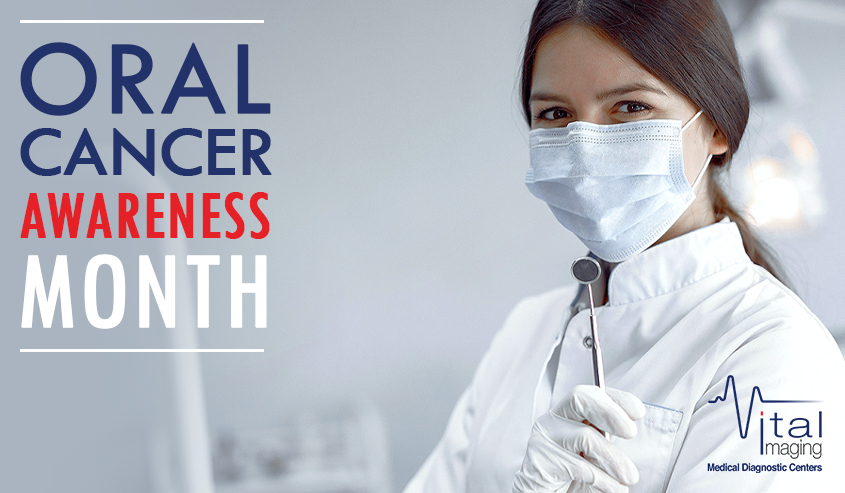
When talking about health problems, mentioning cancer is one of the hardest things to do. The truth is that, with the correct treatment and an early diagnosis, people suffering from this disease may be able to survive.
An important factor to keep in mind is how the patient is going to respond to the treatment will determine how fast the patient can recover from this disease. That’s why, if you suspect having oral cancer, you need to seek professional help as soon as possible. Early detection is key!
Oral Cancer Symptoms
There are several symptoms that could give you a clue if you are suffering from oral cancer. This kind of cancer occurs when a tumor develops in your mouth, maybe on the tongue, cheeks, lips and even the roof of the mouth or in that area.
Additional symptoms include:
- loss of teeth or sockets
- mouth ulcers
- red or white patches inside the mouth
- changes in how you talk
- feeling of numbness or tingling around the mouth
A professional physician in this area can give you the medical advice you need for effectively recognizing oral cancer.
Using CT Scan to Detect Oral Cancer
Just as other tests that can help us recognize problems in our health, diagnostic imaging tests are necessary to build a good diagnosis. If your doctor recommends you to get a CT scan to have a better look at the situation in your mouth Vital Imaging is here for you.
The images of a CT scan are clearer than the ones a common X-ray machine can produce and can be helpful to localize cancer in the hard-to-reach areas of our mouth. The doctor may want to take images of your mandible, lymph nodes, mouth, or even your whole head and neck. This process is completely painless and, unlike other imaging techniques, it’s noninvasive.
MRI to Recognize Oral Cancer
Using magnetic resonance imaging, or MRI, is another really good way to watch the growth or detect oral cancer. This diagnostic imaging process is normally used to see how much the cancer has grown and to which areas it has spread.
You lay on a table, which is introduced in a tube-shaped scanner. With the data given by the radio waves, a computer creates a tridimensional image of the needed part of your body. This can be a little more invasive than a CT Scan, but in the event you are highly claustrophobic, there is an option to be sedative during the test.
Here in Vital Imaging we’re ready to give you the support you need. If you would like to schedule an appointment for a CT scan or MRI please contact 305.596.9992.
